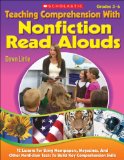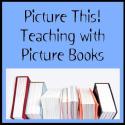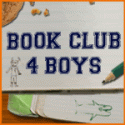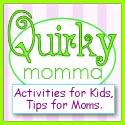For most people, a new year begins on January 1st. For some, it begins July 1st – typically the start of a fiscal year. For me, and as long as I can remember, a new year begins in September. I was a student for most of my life, then I was a teacher, and now I’m a mother of school age children. My life has always revolved around school and so my schedule naturally falls around the school year. I find that I always look to September as a new beginning. So, for the month of September I looked for ways that we could recommit to our children as readers and learners. So, for today, this last day of September, I have created a recap of the ways we can create bookworms.
September is National Library Card Sign-Up Month:
Kids are never too young to have a library card. I believe my own children were two or younger when I got them their first cards. It’s never too late to get your child a library card! Don’t forget that many booksellers offer Story Times for young children as well. Check their websites for dates and times.
One very important way to create a bookworm is access! If we want to create bookworms, we must provide our children with plenty of reading materials. One way to do this is to provide them with their own “library” at home.
Making a Comfortable Reading Nook
When reading with our children or providing independent reading time, environment is just as important as what we read. Children are more likely to want to read if they are provided a comfortable reading spot. I asked readers to share photos of their reading nooks, but alas no one shared. But, that is ok. I rearranged my children’s reading nook and here is the latest look:
I’ve noticed that both of my children enjoy sitting in their chairs at various times of the day and with a basket of books in between (I rotate books from our home library to the basket), they enjoy picking up a book and reading more.
Twenty-five years ago in Becoming a Nation of Readers (Anderson, Hiebert, Scott, & Wilkinson, 1985) reading aloud was called “the single most important activity for building the knowledge required for eventual success in reading” (p. 23). I still believe this holds true. I have yet to read any research that disputes that reading aloud to our children regularly is good for them. If there is one thing that I have done for and with my children since the day they were born (and even before), it’s read aloud to them.
Sharing with our children that we were children once too, helps them to connect to us in a deeper way. It’s hard for young children to reconcile that the adults in their lives were once children just like them. One way I try to connect with my children and share my childhood with my children is through the books I loved as a kid. My son and I have enjoyed reading classic Beverly Cleary books together. And through this bonding experience, my son gets to know me a little better, the child in me.
Book Fairs for Our Youngest Readers
Book fairs are fun. Period. Who doesn’t enjoy going into a room full of books and having hundreds of choices of quality books at great prices? Typically book fairs are reserved for children who are actually reading. But, what about our preschoolers? They may not be reading yet, but if we interest children in books at a young age, we are more likely to create children who want to read. A book fair is a fantastic way to interest our smallest readers.
And that is Tool Time Rewind for the month of September.
Next month’s theme is “Reading with Boys.”
And don’t forget: ”We-View” Wednesday is back! The third Wednesday of every month is reserved for reviews of books read with your children. Share yours and your child’s thoughts on the book! To participate, please email me [dlittle [at] linkstoliteracy [dot] com] your review by the Sunday prior. I hope you will join us!

















